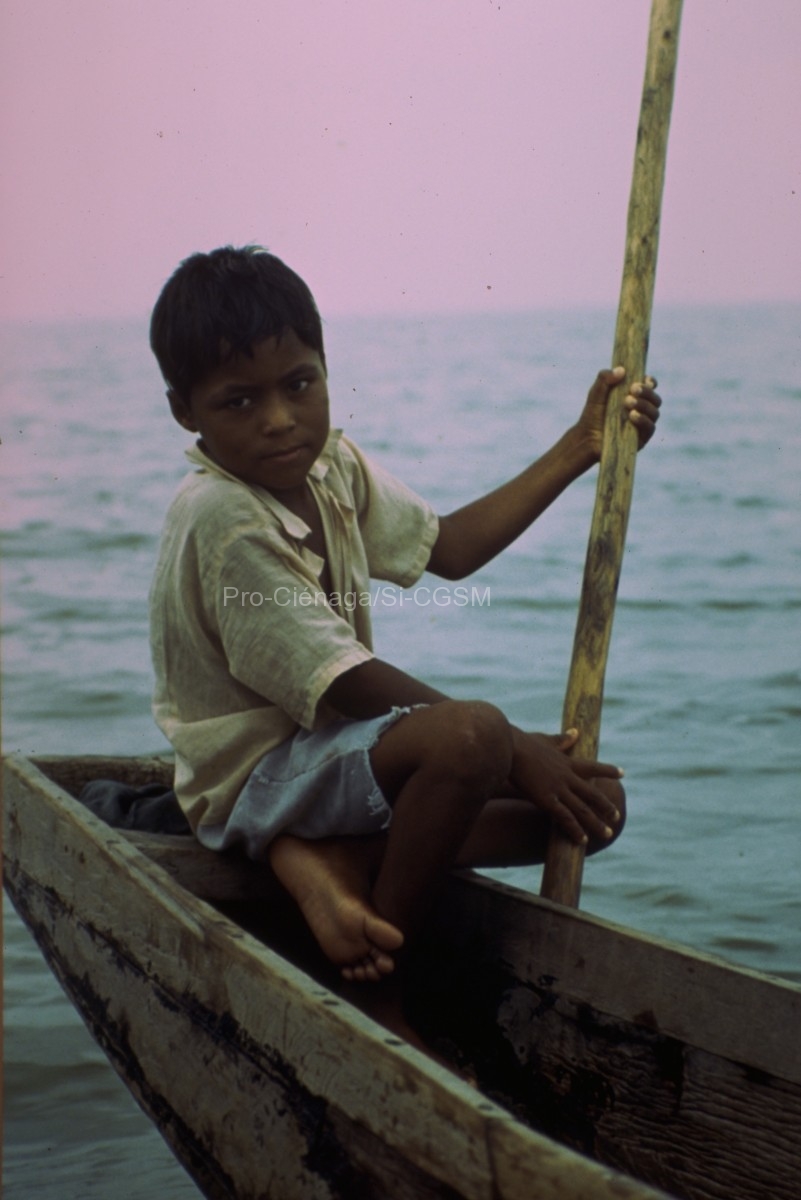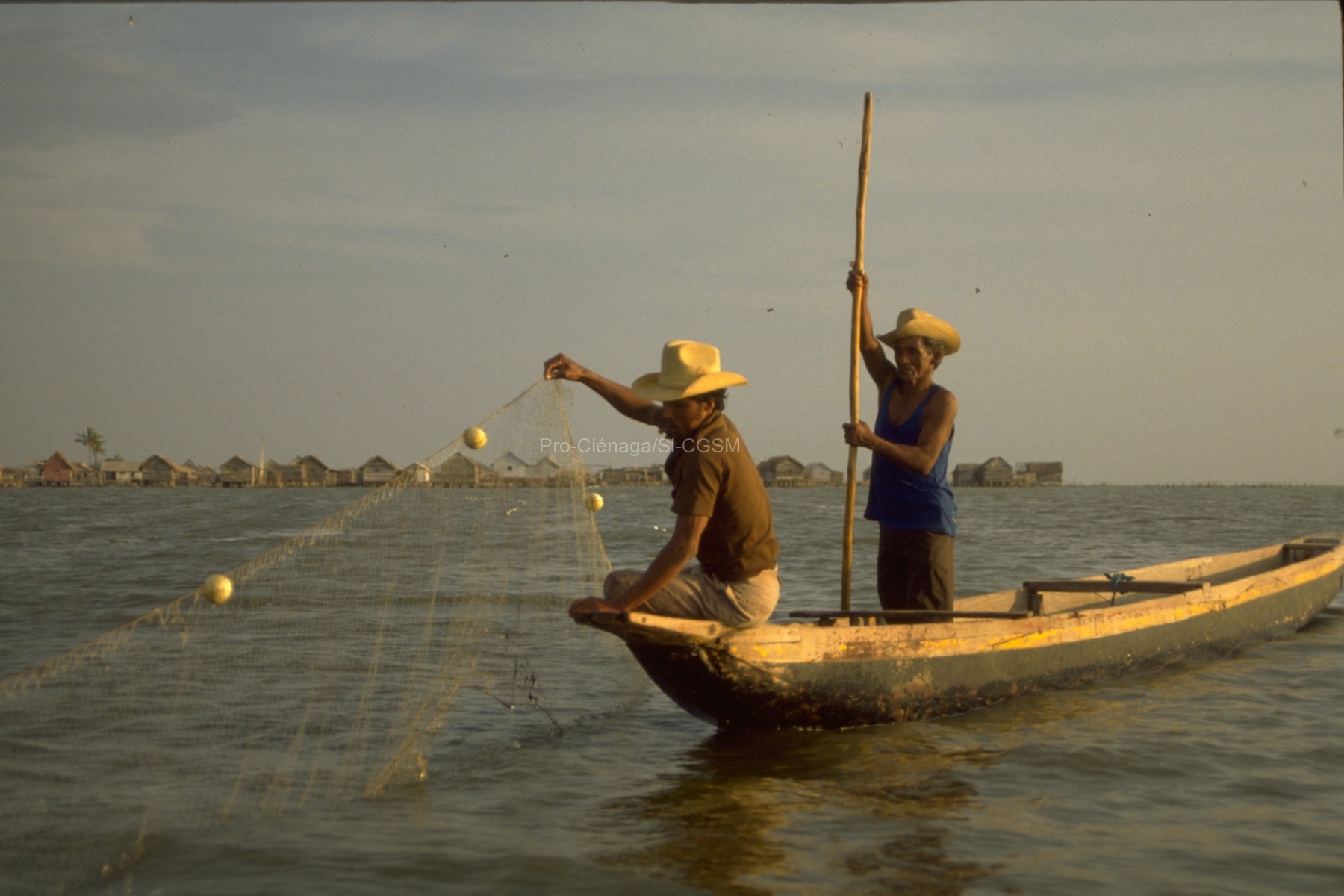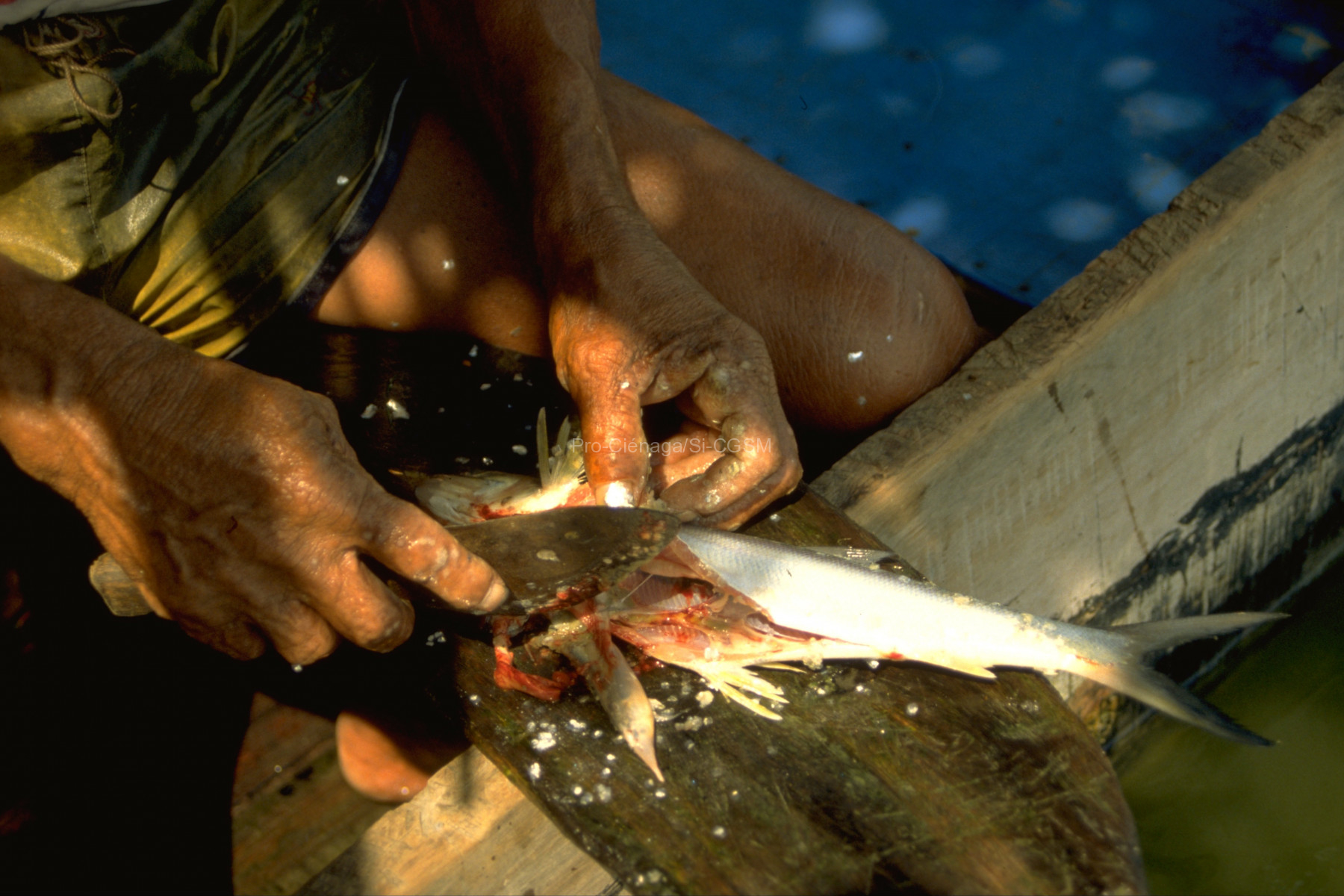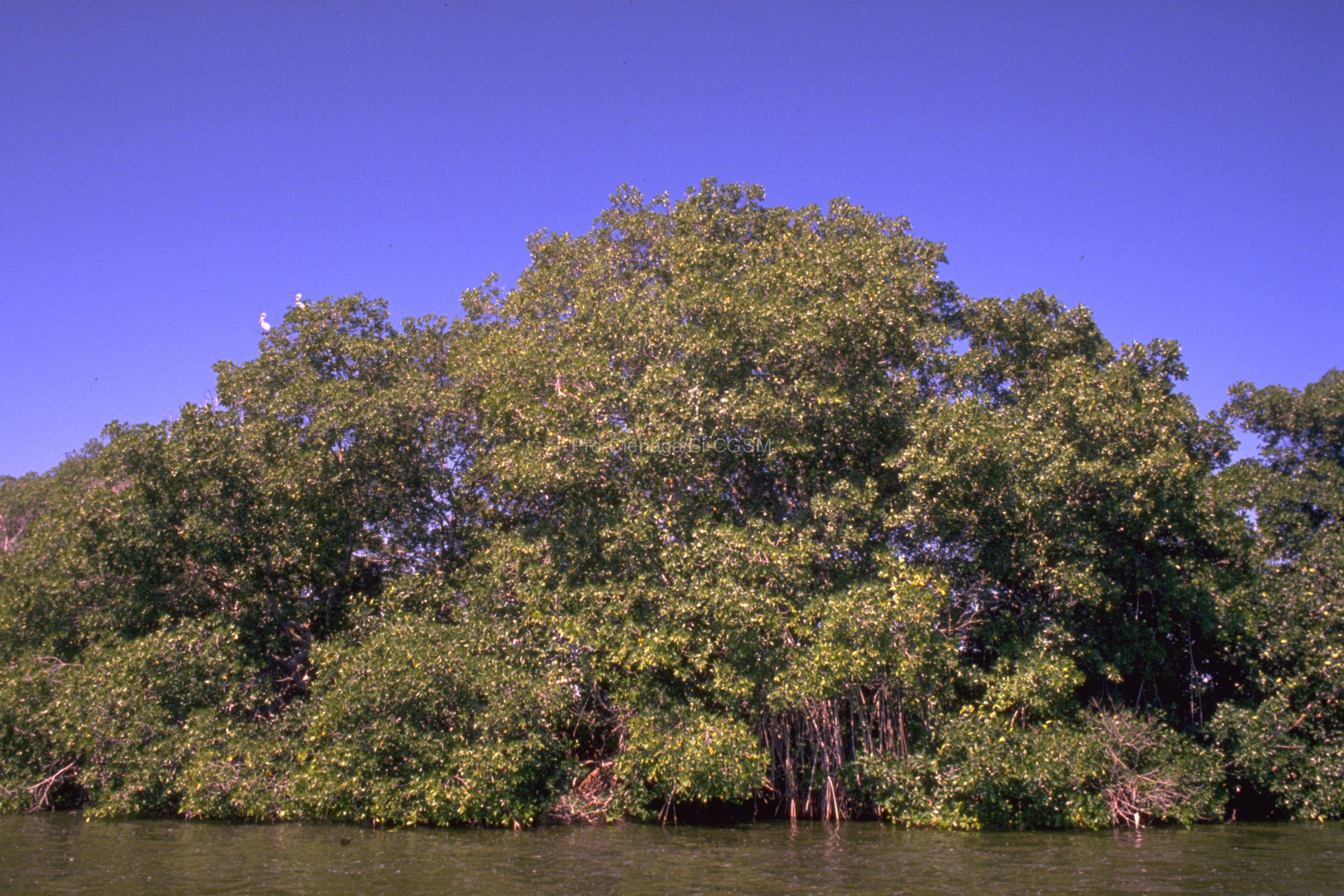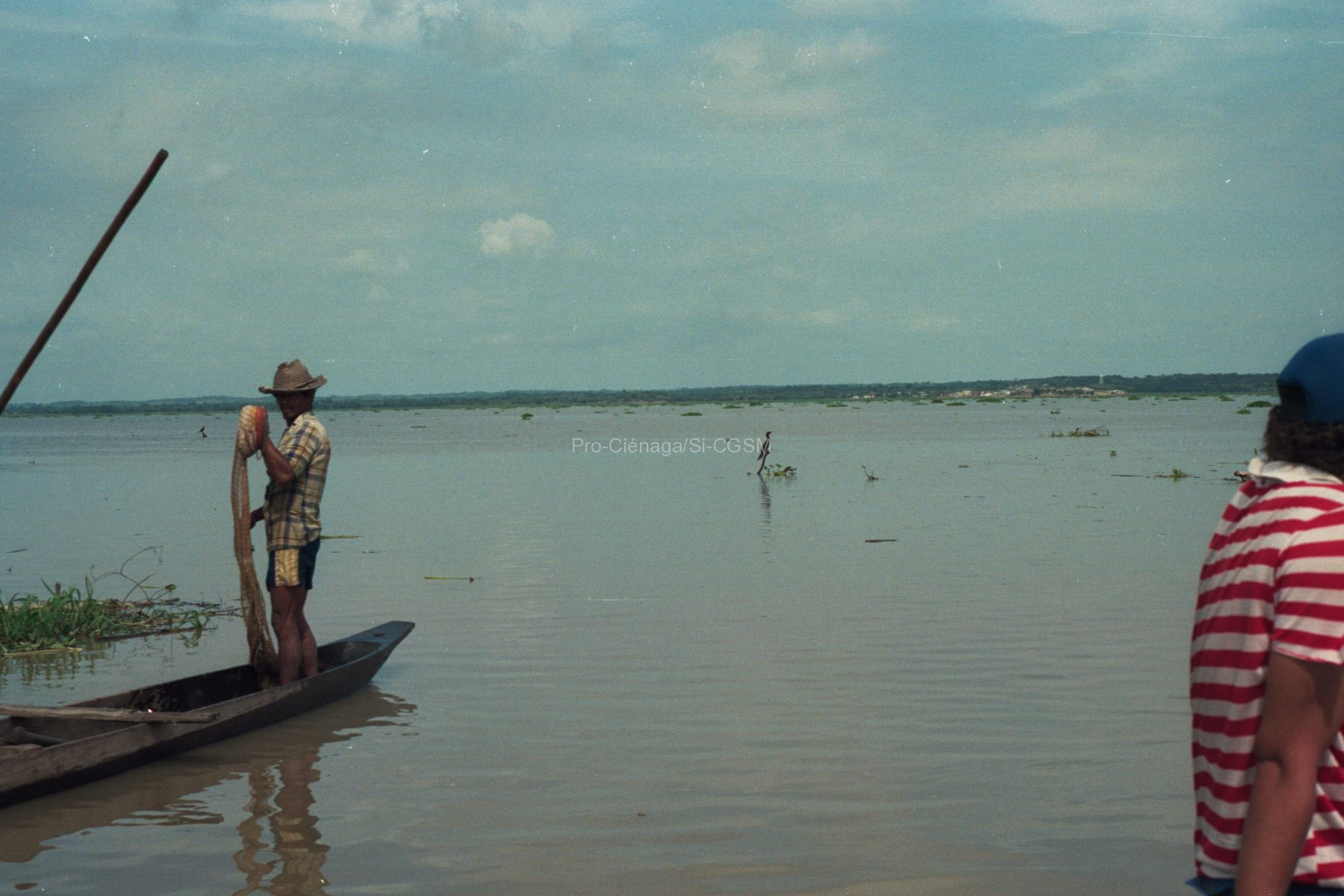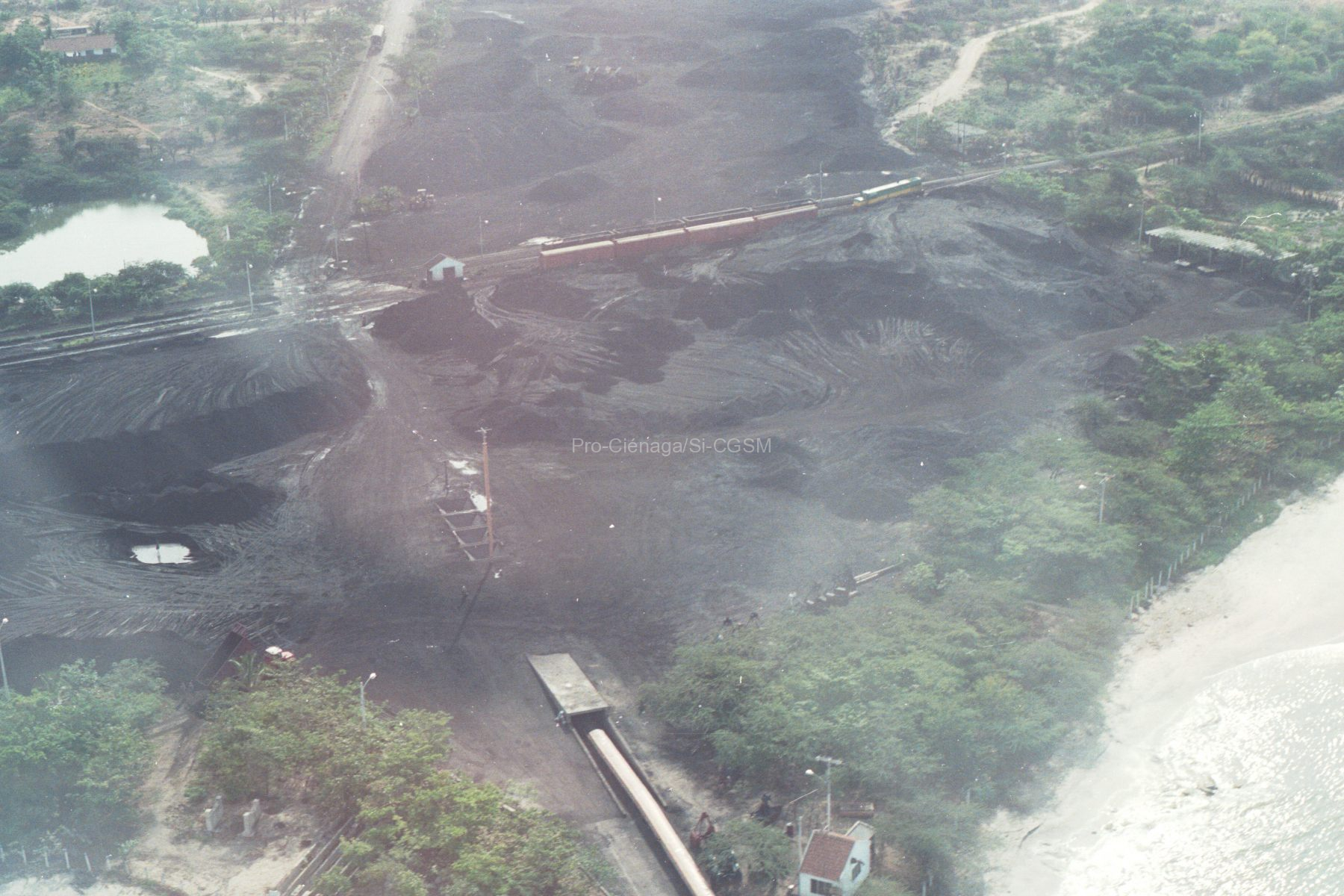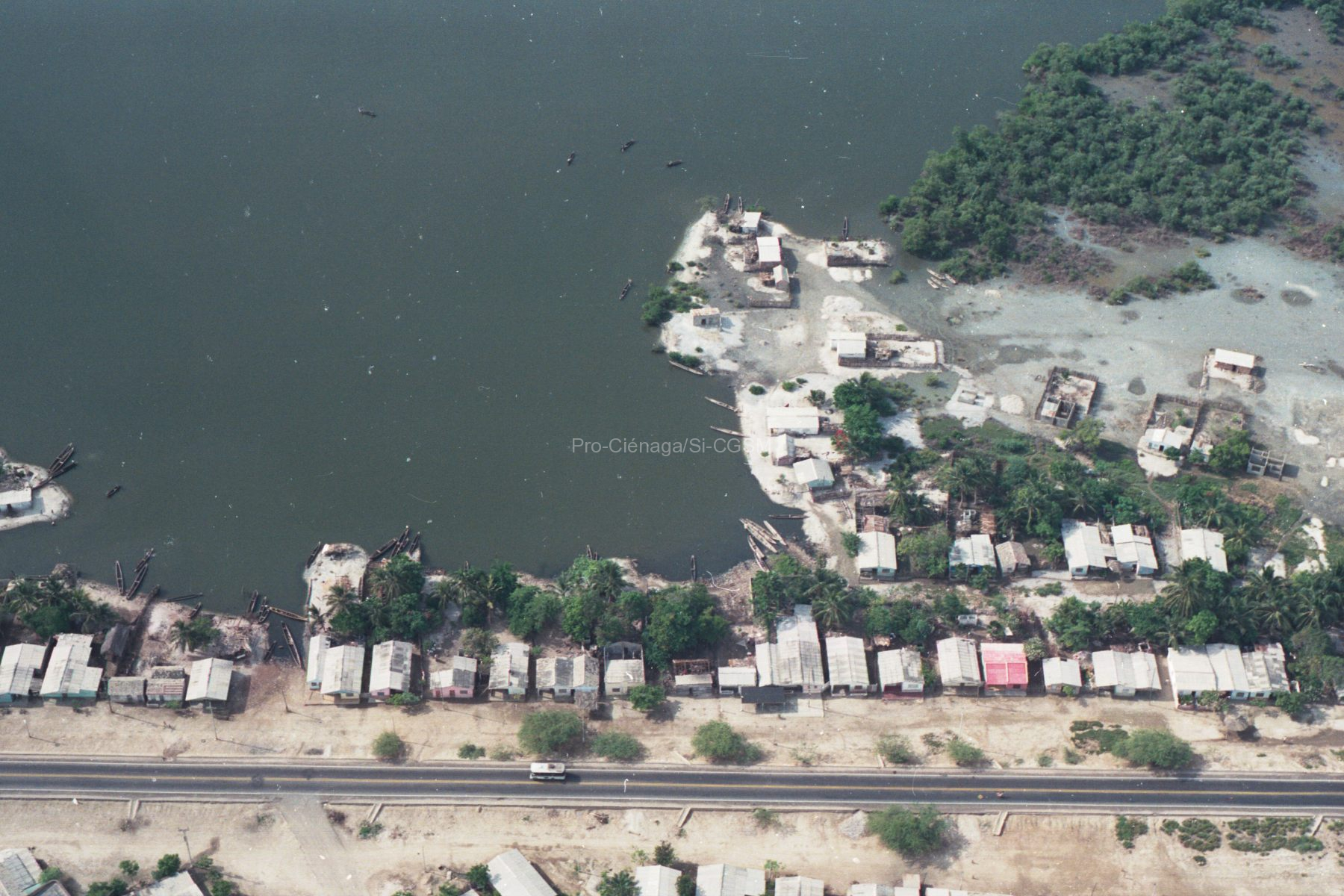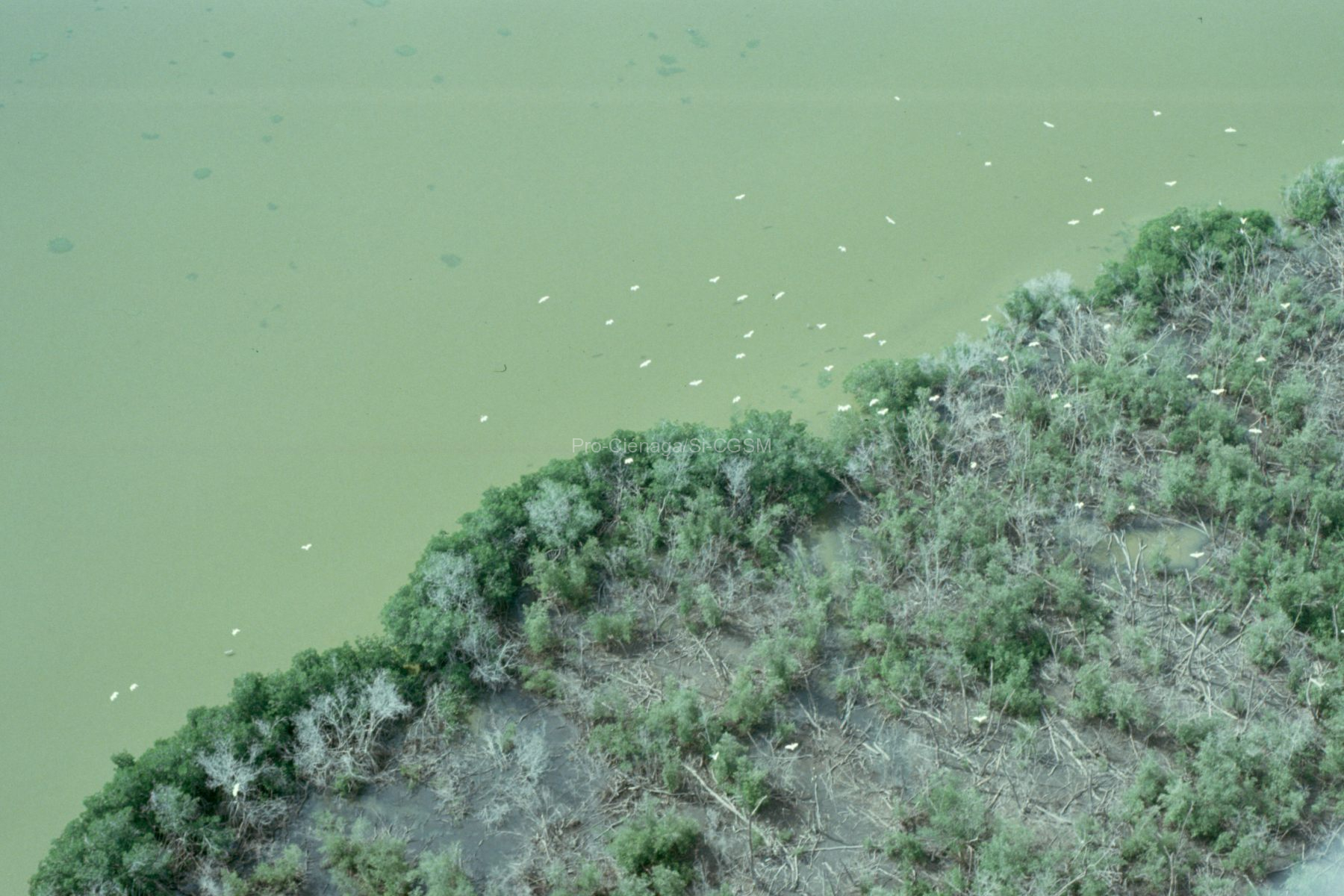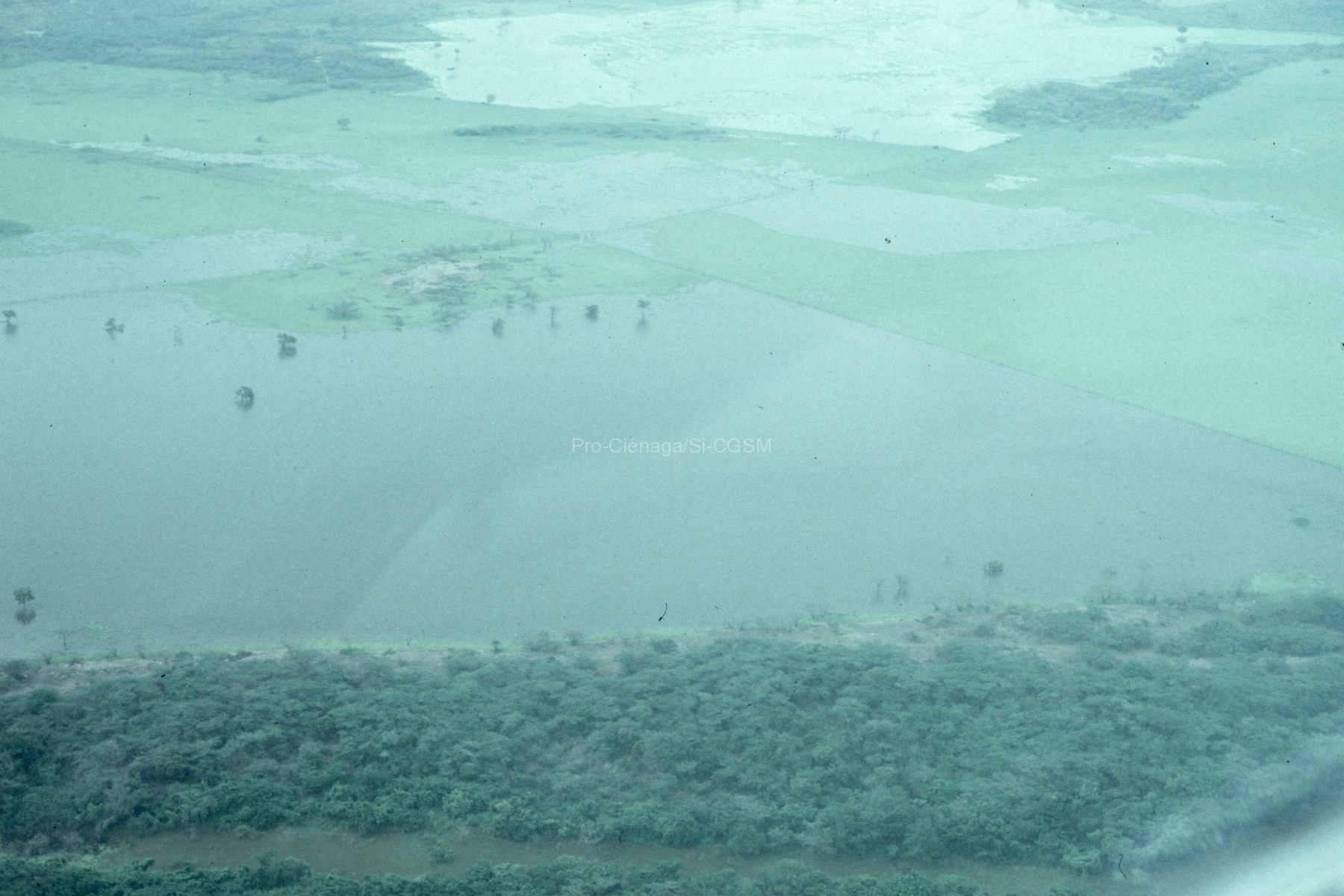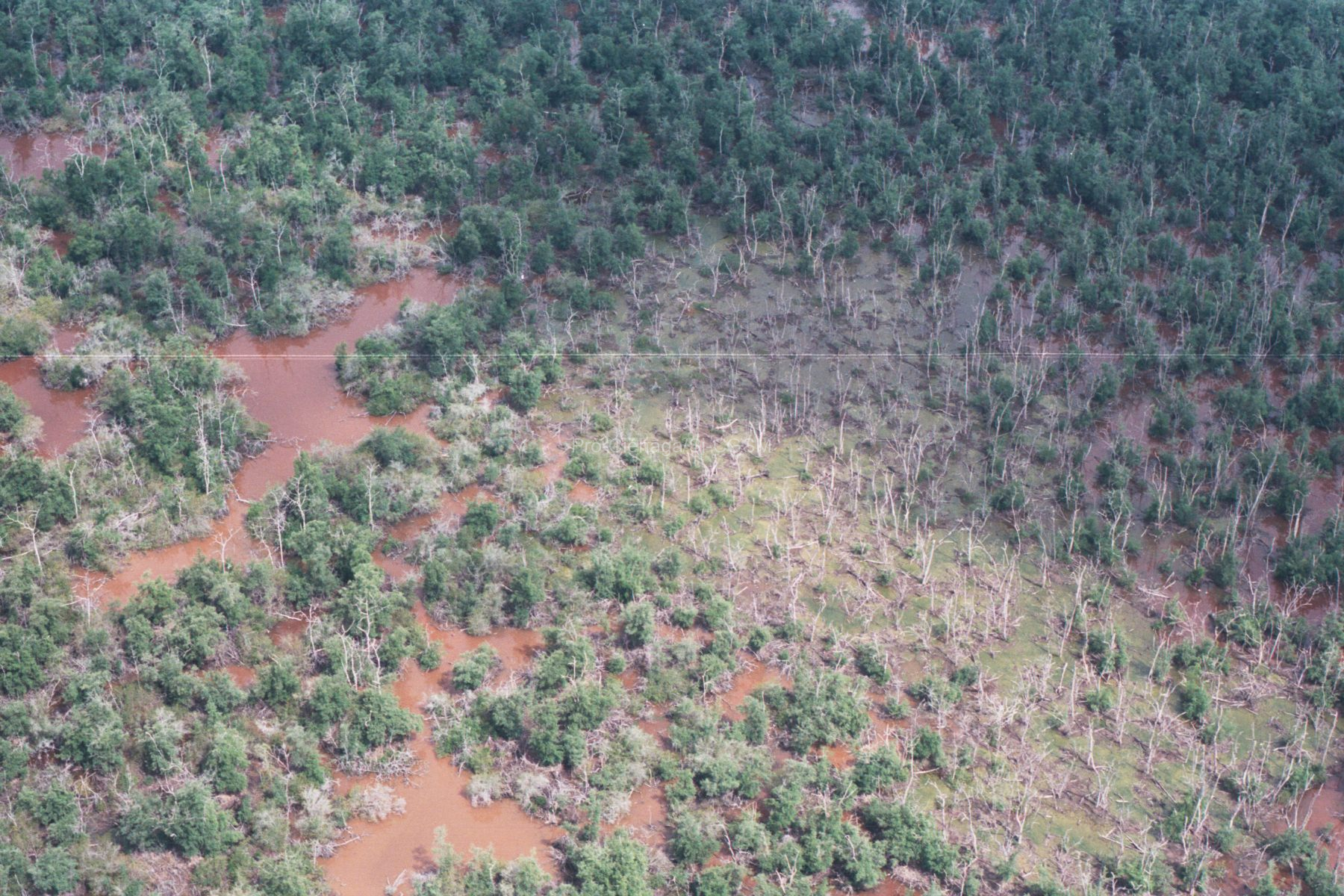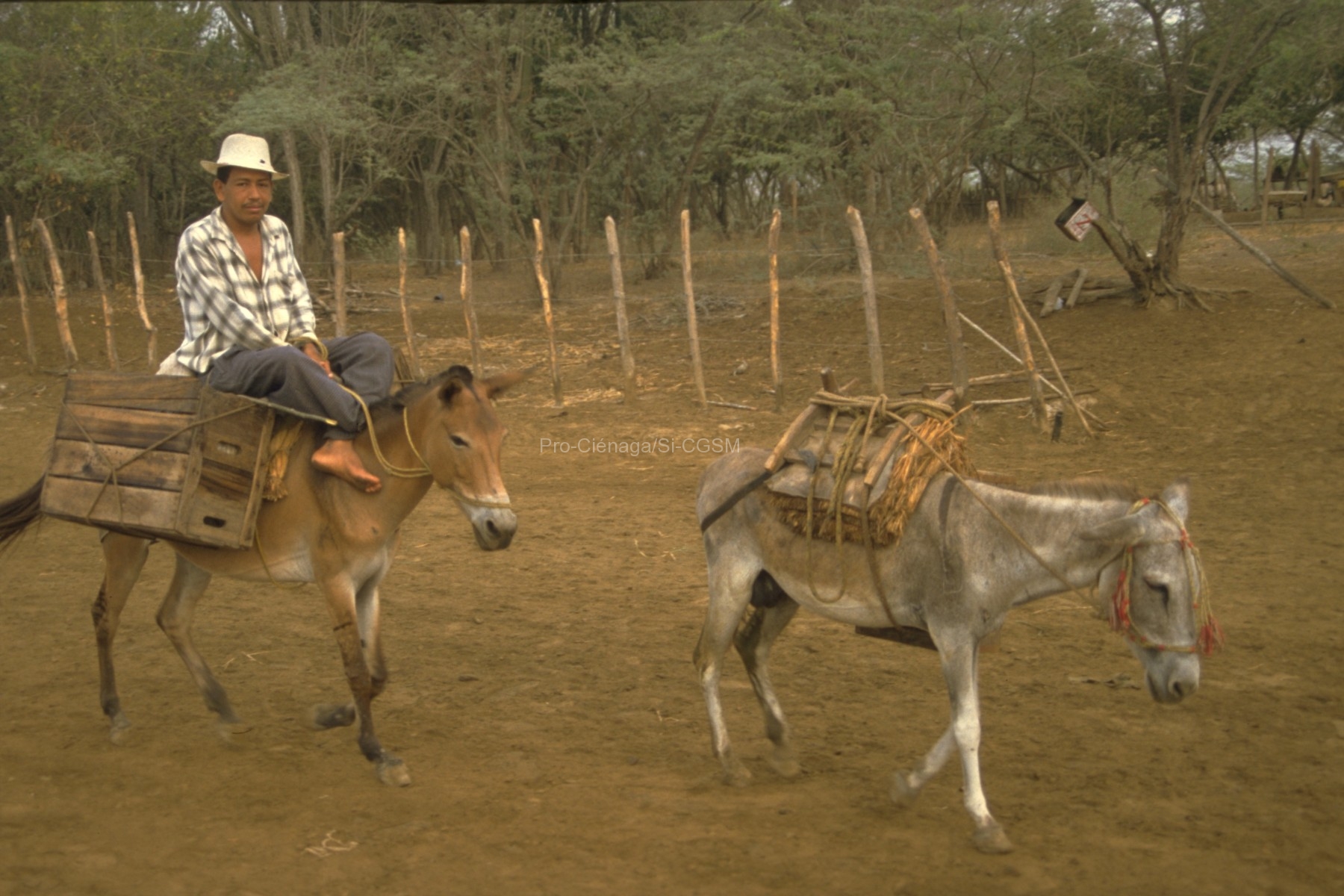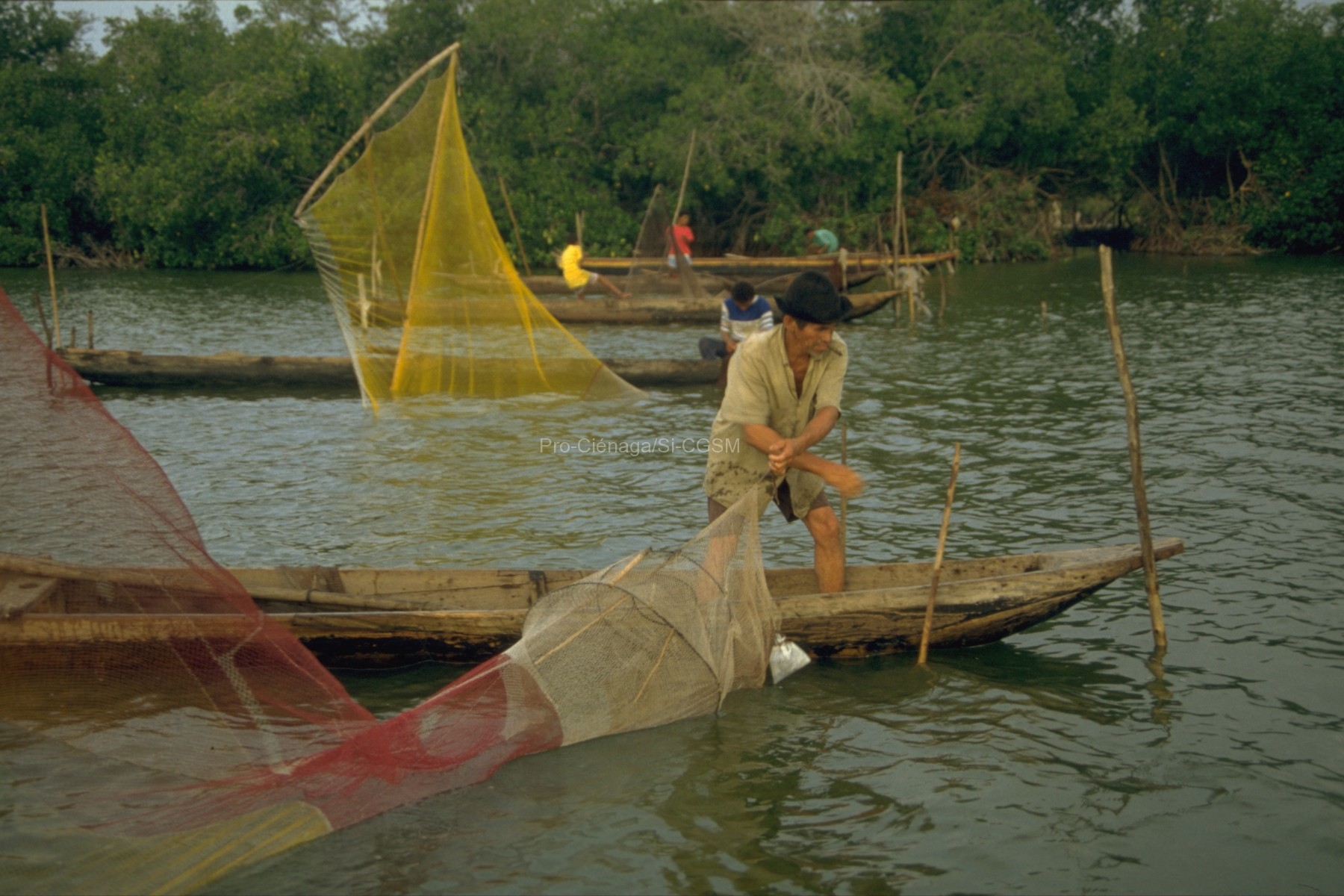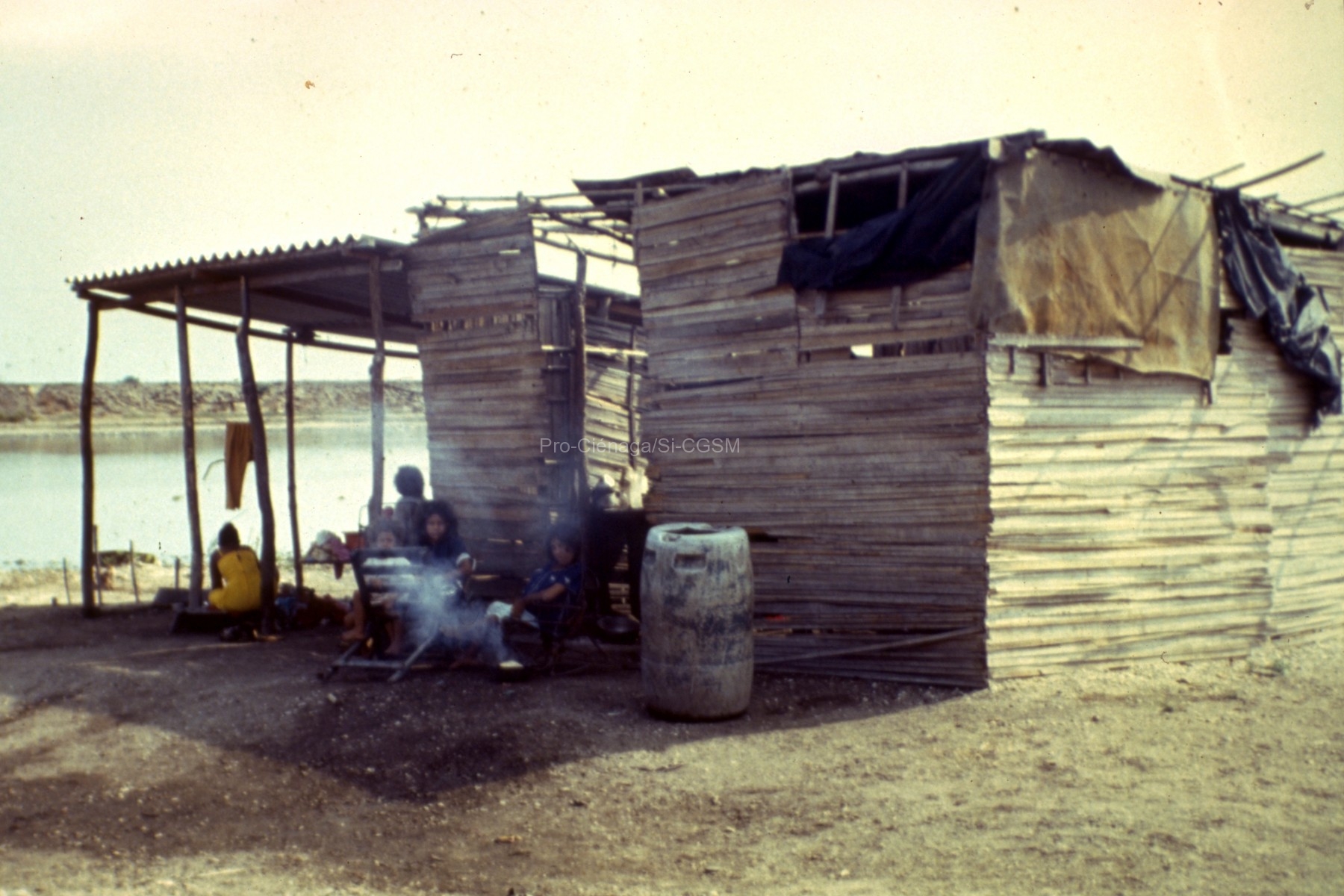https://doi.org/10.1007/978-3-662-04482-7_3
Located on the central Caribbean coast of Colombia, the lagoon complex of Ciénaga Grande de Santa Marta (CGSM) is part of the eastern delta of the Magdalena River, Colombia’s largest river. The delta and the CGSM rest on a coastal plain, which was formed by marine and fluvial sedimentary depositions during Holocene transgression and regression phases (10,000 b.p.), while the surrounding formations date back to the Cenozoic era. The lagoon complex (1,321 km2) comprises the Ciénaga Grande (450 km2), the Ciénaga de Pajarales (120 km2), several smaller lagoons, creeks, and channels (150 km2), and mangrove swamps. A narrow, continuous sandbar (Isla de Salamanca) borders the entire CGSM complex to the north. At the eastern end of Isla de Salamanca a 120-m-wide and 10-m-deep inlet (Boca de la Barra) connects the shallow (average depth 1.2 m) Ciénaga Grande lagoon to the Caribbean Sea (Fig. 2.1). The CGSM is a highly productive ecosystem but has suffered severe degradation in the last four decades. However, the system is likely to considerably recuperate if current restoration plans are successful.



